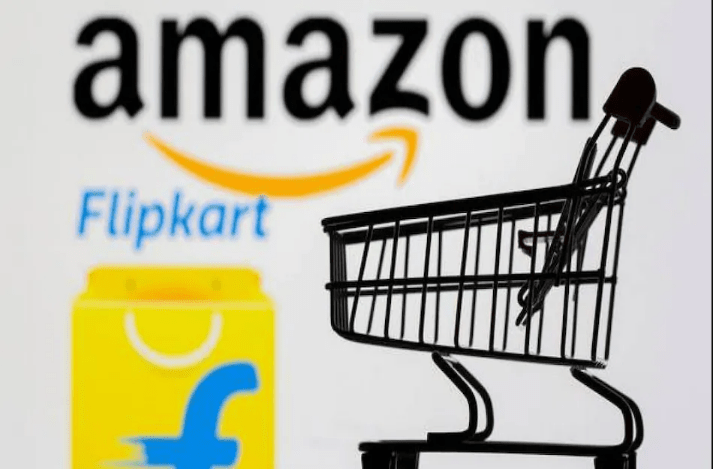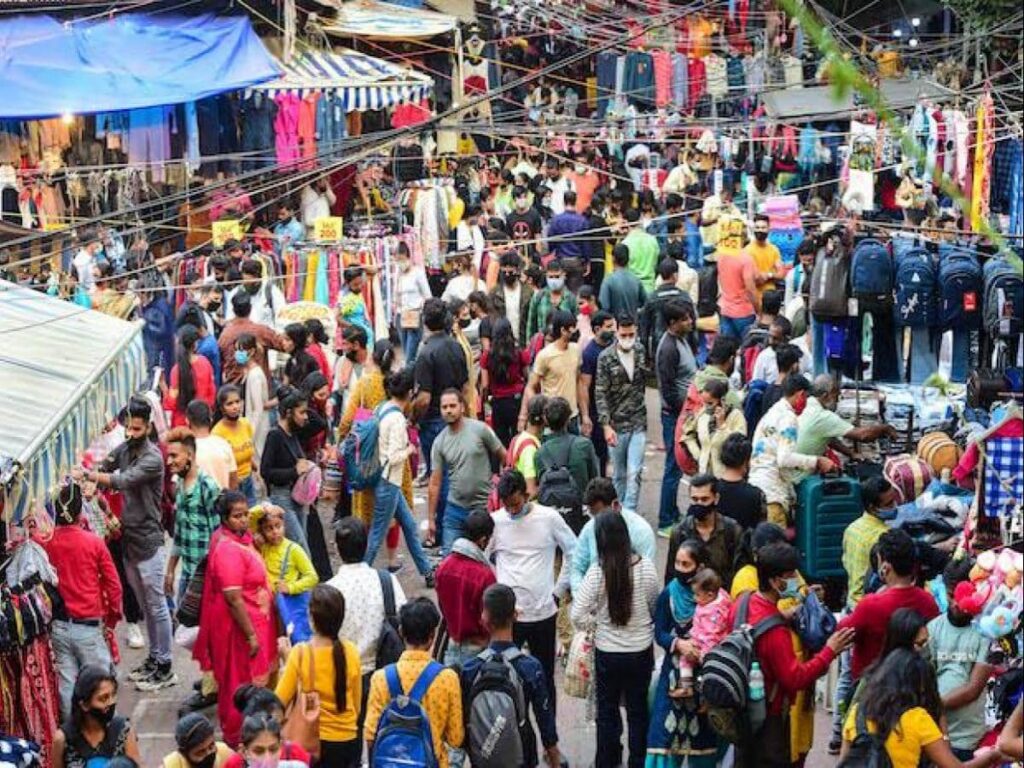It is that time of the year again, the streets are lit up with dazzling lights, sweet shops are getting busier, markets appear more crowded all of which marks the advent of the festive season. The festive season in India is celebrated with much gusto and enthusiasm. It is all about feasts, fireworks, rituals, and most importantly the year’s much-awaited sale fiesta.
It is that time of the year that retails and e-commerce come up with varied discounts, promotions, and deals that induce customers in getting better deals on that rear projection television they wanted to get their hands on or the latest launched mobile phone they found too expensive. Such flagship events complement well with consumers who enjoy a good negotiated price or for that matter any price below the MRP.
This time celebrations were extra special with Covid cases at an all-time low in India and vaccination rates crossing the 100-crore mark, people were optimistic about the economy and this caused a surge in consumer spending. So much so that as per the Confederation of All India Traders (CAIT), the Diwali sales are estimated to be about Rs 1.25 lakh crore a record-breaking figure in the last decade.

Every year Amazon through its Great India Festival Sale and Flipkart through Big Billion Days book humongous sales. This encourages the customer to order in bulk to avail of the benefits of such discounts that are a once-in-a-year phenomenon that leads to such mind-boggling sales figures. This year Amazon made the headline again by stating that around 30,000 sellers on their site had become ‘millionaires’ during the month-long great Indian festival. Similarly, last year, Flipkart had claimed that 10,000 of their sellers had become ‘millionaires’ in the first three days of the big billion days sale.

However, what caught businesses by surprise this year was that the majority of the demand surge during the festive season witnessed by online platforms was from tier II and tier III cities. Flipkart even testified this by stating that around 45 percent of their early access demand was pertained to tier III cities and beyond. This could be possible owing to two major factors. Firstly, the pandemic enforced lockdown that had put the business of brick-and-mortar stores on a hiatus, introduced the consumers to the convenience of online shopping. Secondly, with the arrival of Jio providing consumers with cheaper internet rates and faster internet speed, the e-commerce platforms witnessed a barrage of new sellers and buyers.
Another factor that could have led to an all-time high of sales is the pent-up demand of the consumers as India dealt with supply chain disruptions as an aftermath of the pandemic. This meant consumers could not get their hands on their needs due to minimum supply as factories were shut and logistics had taken a hit due to manpower scarcity. Thus, those who had put off their purchases during the pandemic due to obvious reasons like job losses, pay cuts, and minimum supply built up a backlog of demand which is now being unleashed as the situation is slowly getting restored to normalcy.
Also, the increased mobility in public spaces has appeared to bode well with brands who are returning to mainstream media to market their products. Though the situation is progressing in a phased manner, businesses are expected to pick up their market share as in pre-pandemic times earlier than expected owing to the lineup of festivities.

The bigger question is will this affect the economy in any way? Well, for the most part, India is on its way to becoming the fastest-growing major economy in the world as reported by the finance ministry. The businesses that were bearing the brunt of the repercussions created by the pandemic are finally letting out a sigh of relief as the festival sales are pushing India’s recovery resulting in reducing the demand-supply mismatches and creating widespread employment opportunities according to the monthly economic review prepared by the ministry.
During the festive sale this year, Online platforms have logged sales worth USD 9.2 billion i.e about Rs 65,000 crore, this accounts for an increase of about 23 percent over last year, as per the report of RedSeer, a consulting firm. The International Monetary Fund (IMF),estimated that the nation’s gross domestic product will grow 9.5% in the year ending March 2022 after contracting by around 7.3% last year.
Demand for precious metals also witnesses a surge when festival season is right around the corner. According to a NITI Ayog report, 89 percent of the country’s gold demand is met by imports which explains why the first half of 2021-2022 saw a significant jump in gold imports. This year, gold jewellery recorded a sales figure of a whopping Rs 7500 crores and 15 tonnes in volume on the occasion of Dhanteras alone.
At the outset, the festival sales have been a great contribution to giving the economy just the amount of push that is required to be back on track at the pre-covid levels. The future does look very optimistic for the Indian economy as the speed of the rebound is faster than expected.
Written by- Riya Amin
Edited by- Sohini Roy
